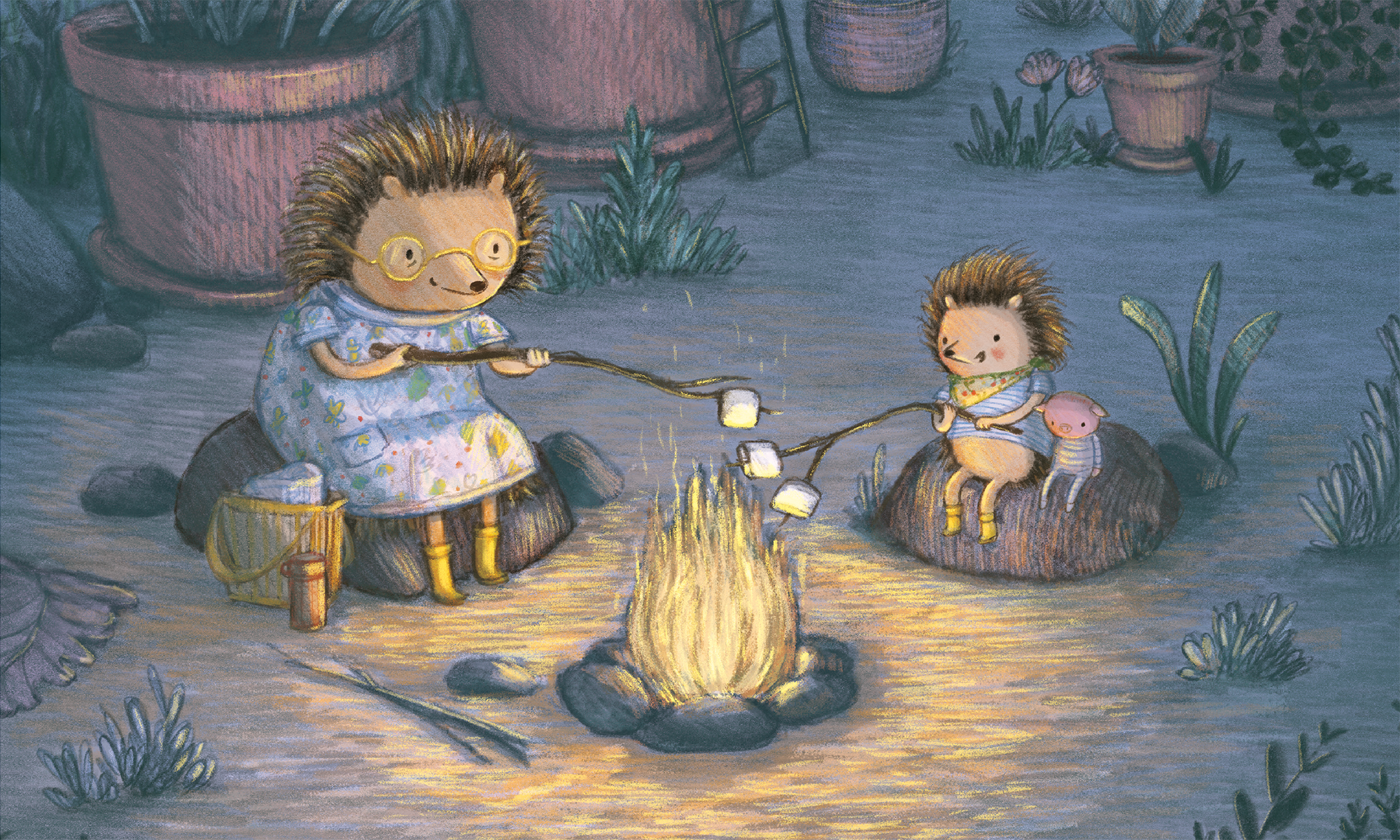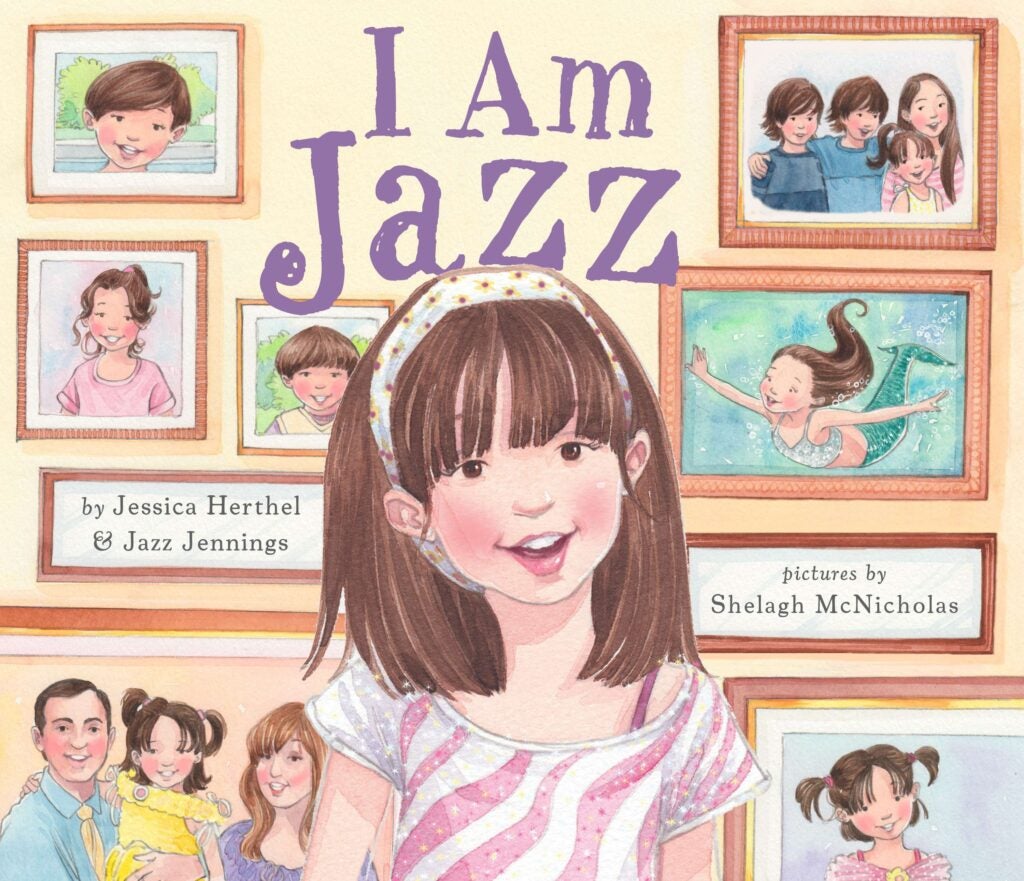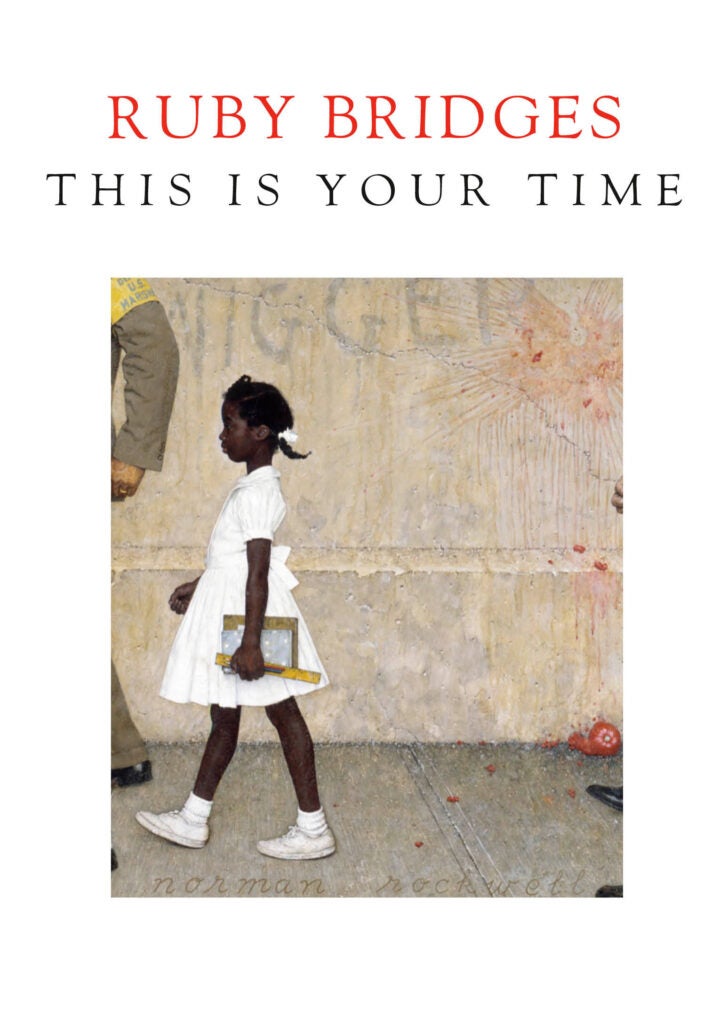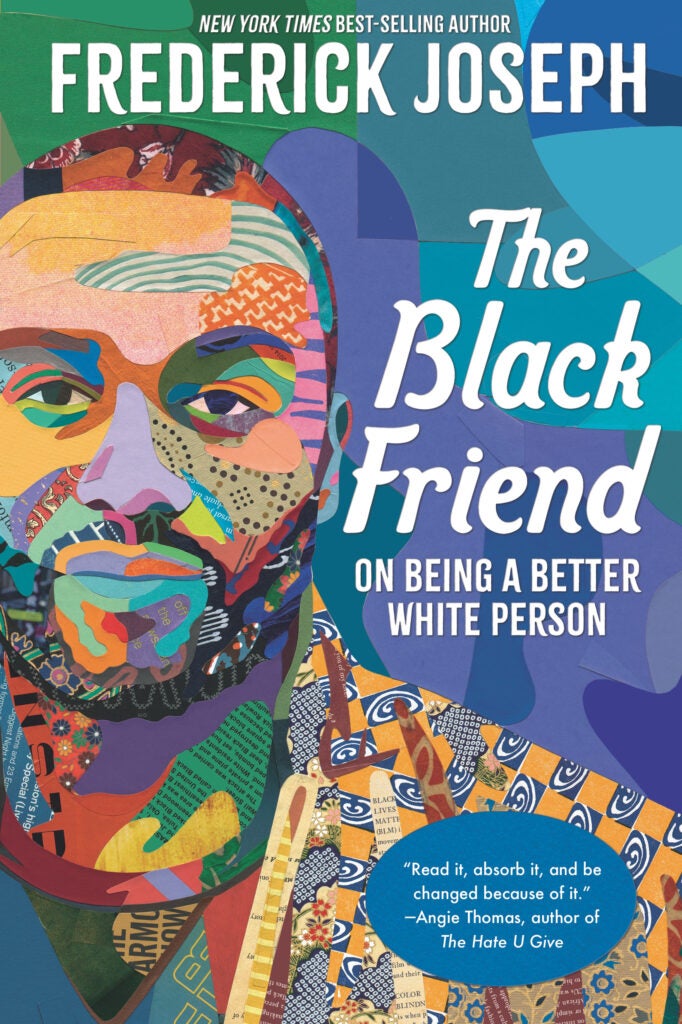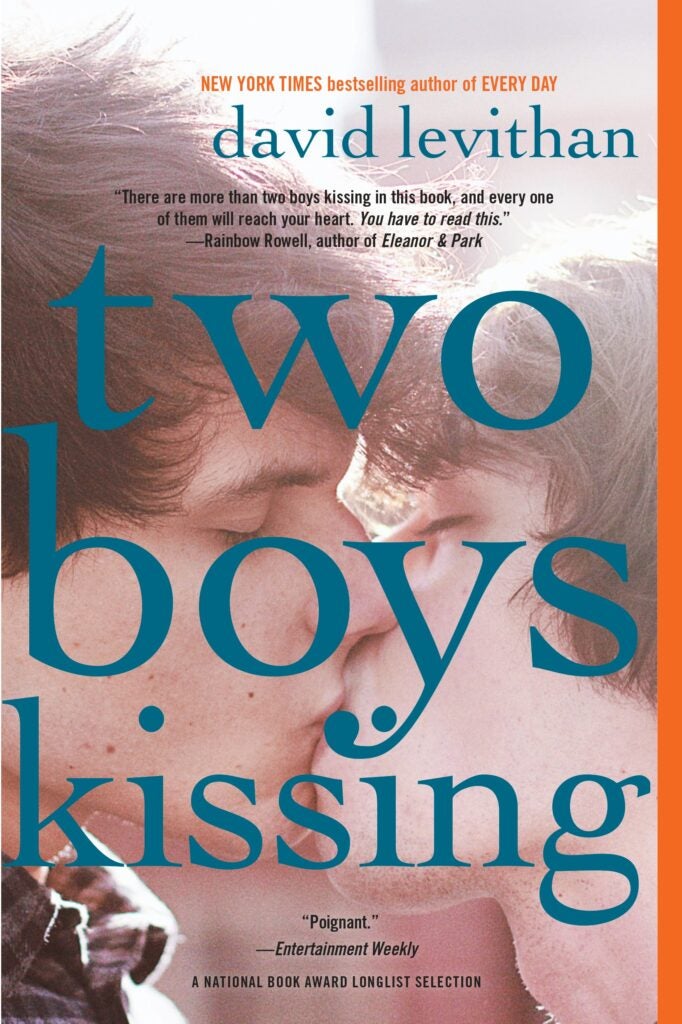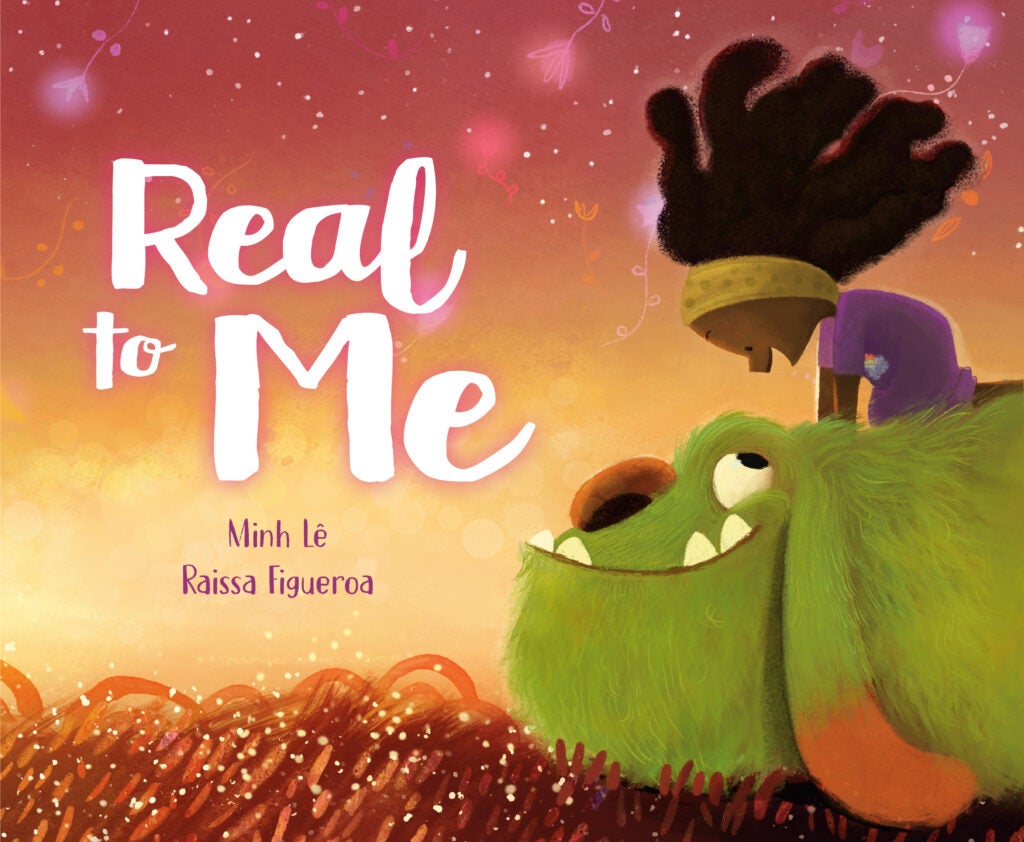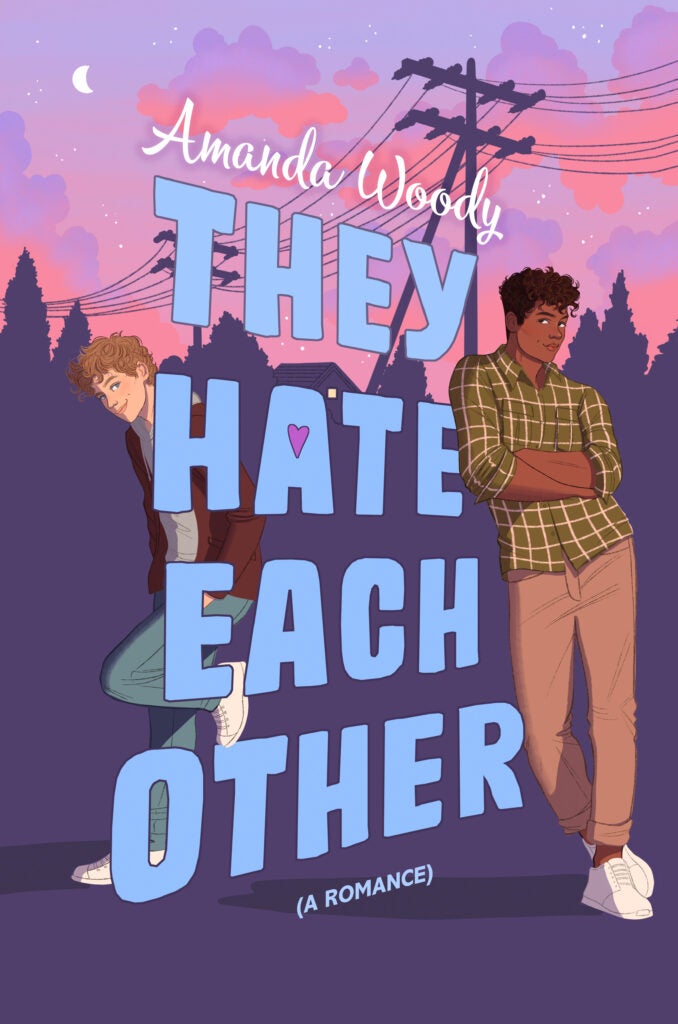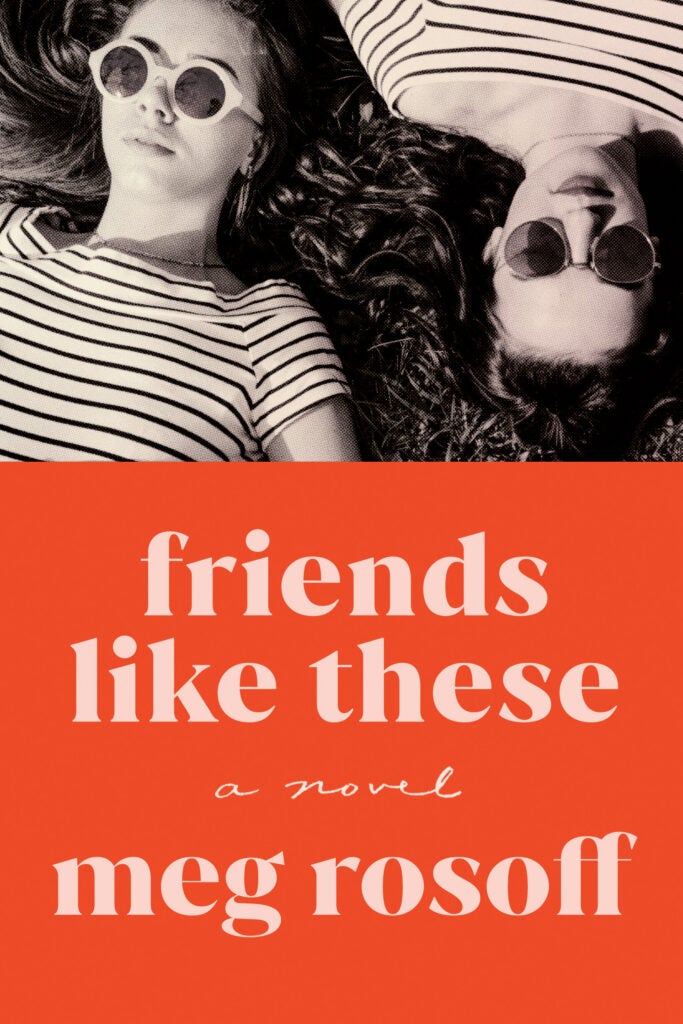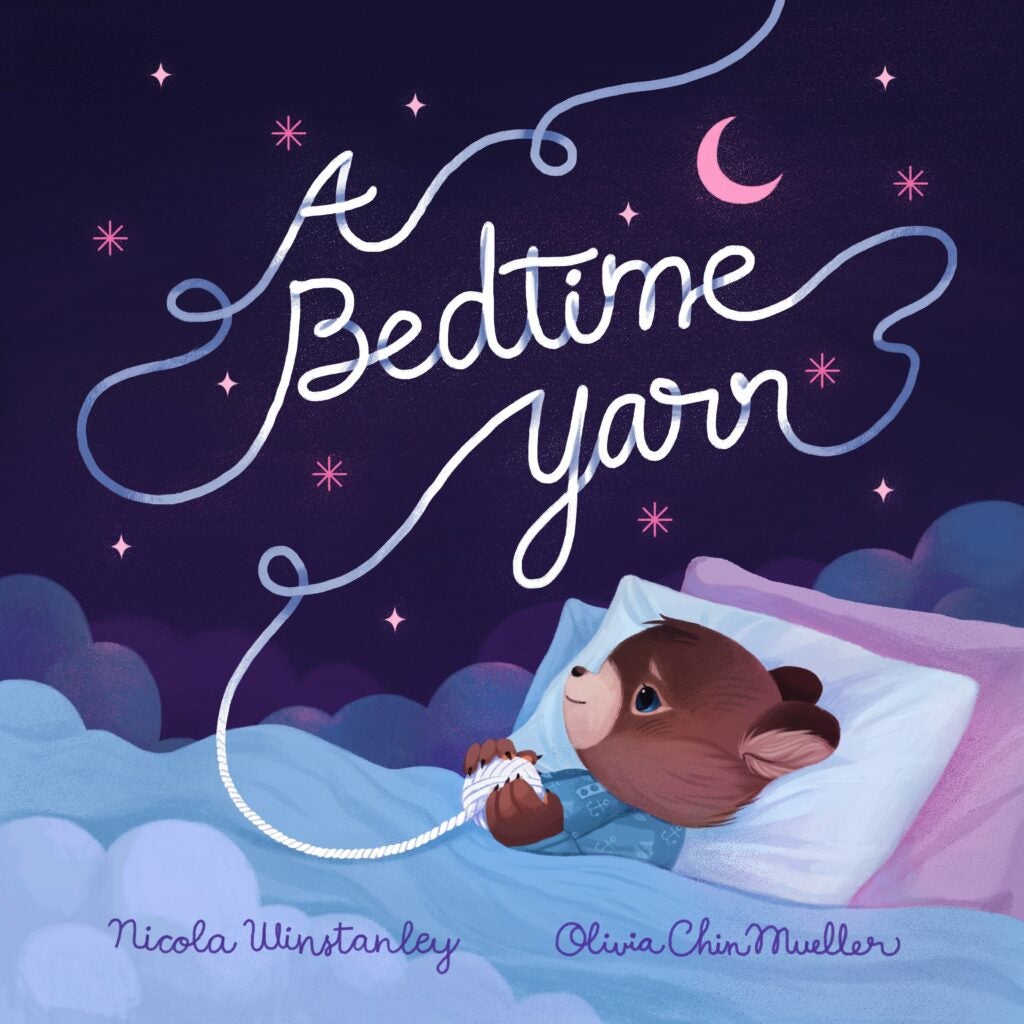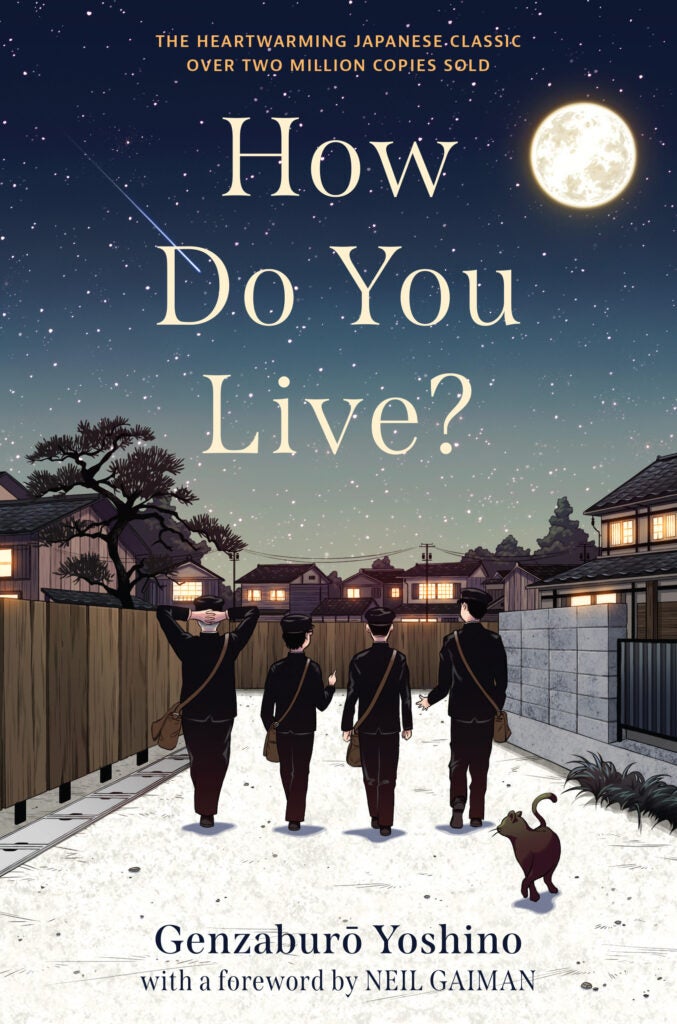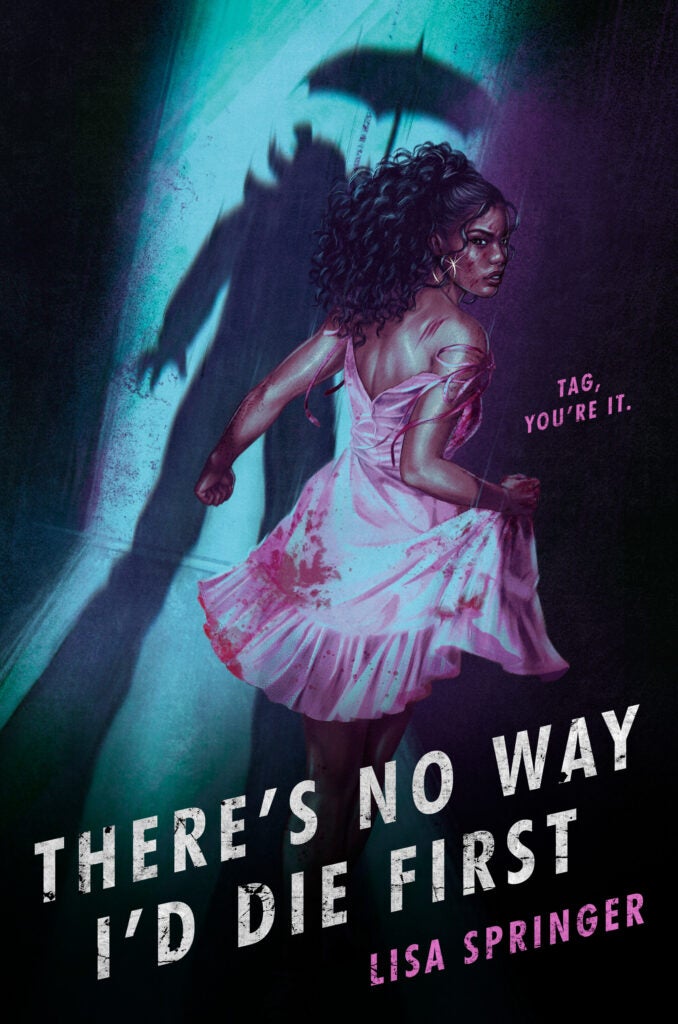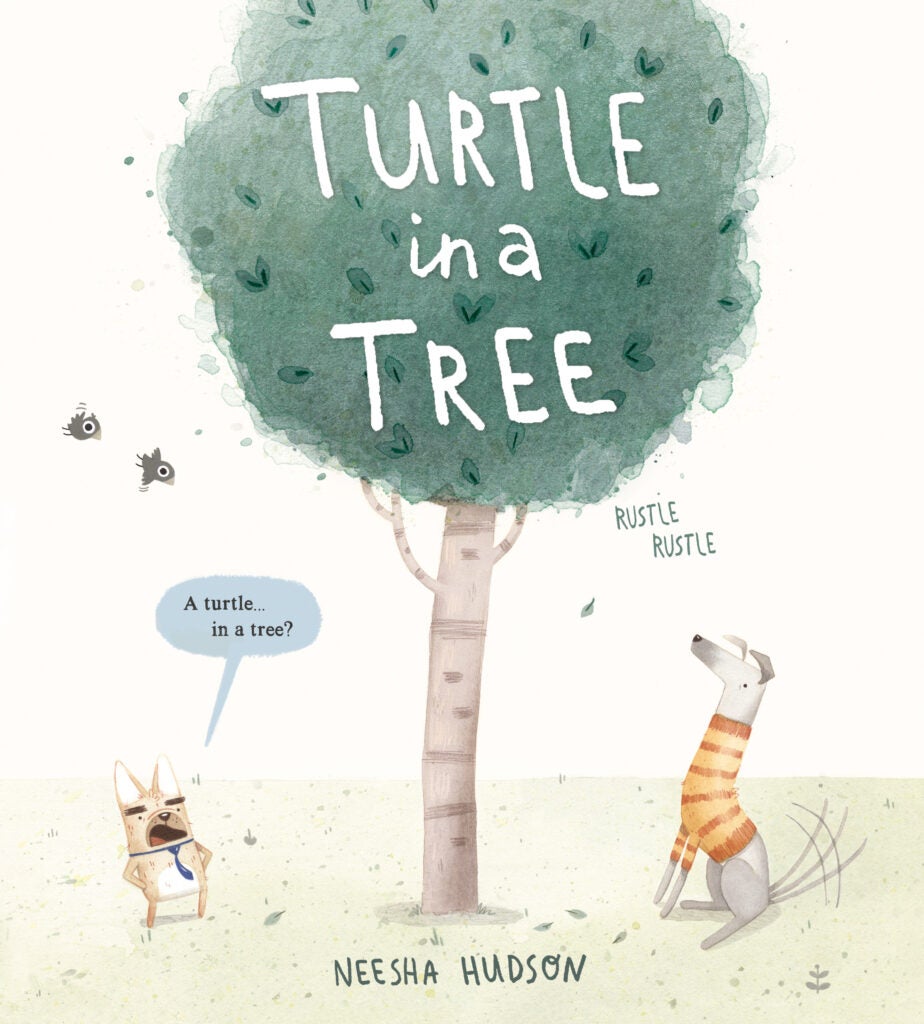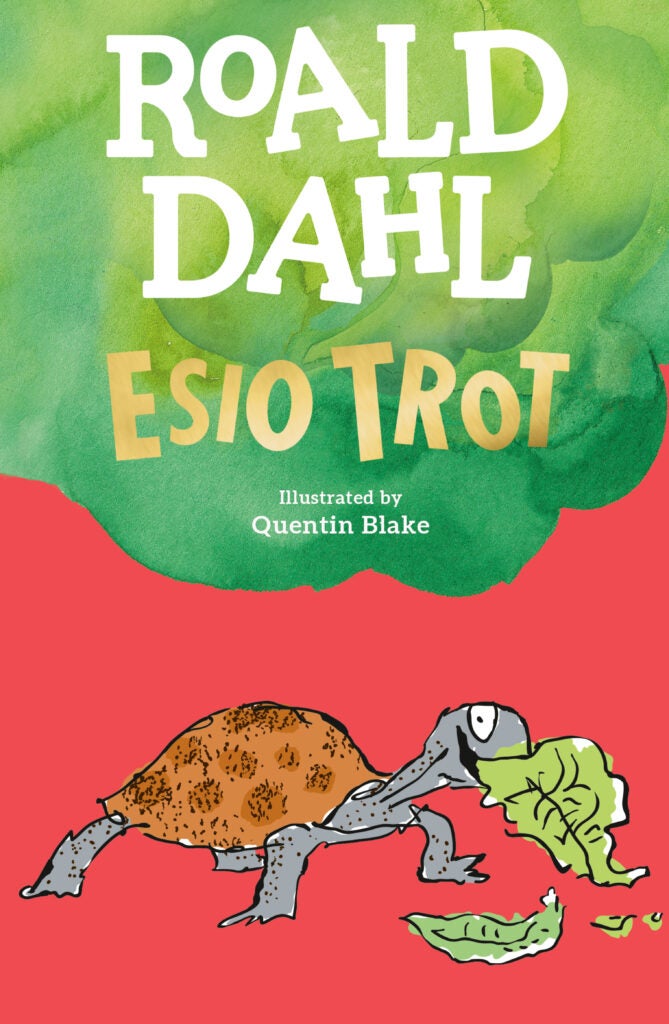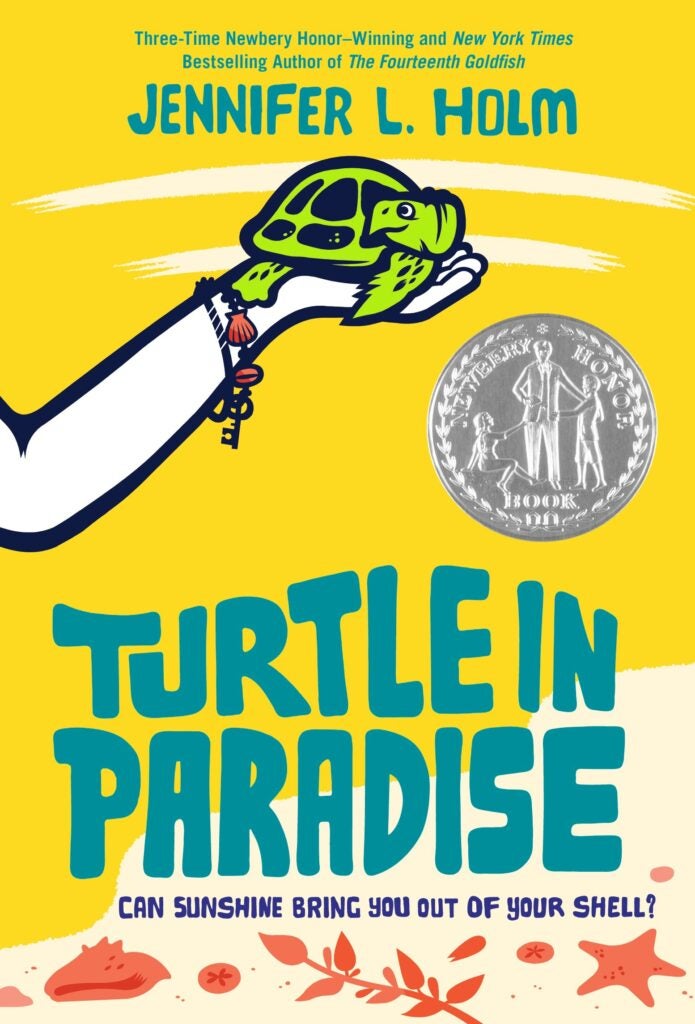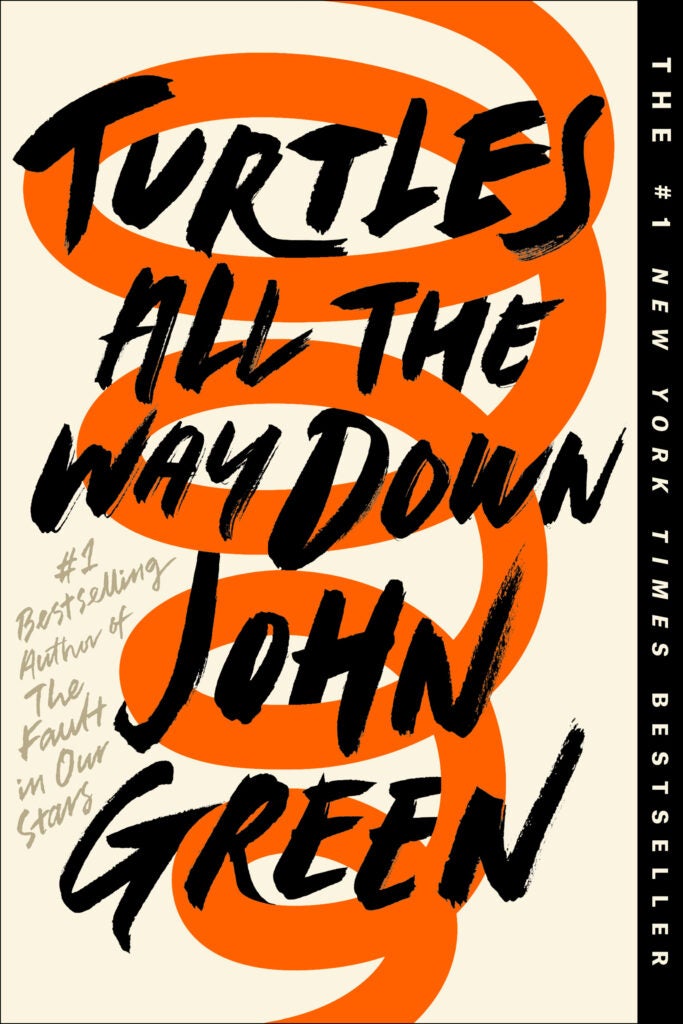Hello, and thanks for joining us at Tundra Telegram, the column where we unearth the subjects people are currently raven about, and quoth a few books to you that that you won’t rue bringing through your chamber door.
The season of scares is here, which meant streaming services were eager to . . . (ahem) . . . usher in a slew of horror movies and television series. Enter Netflix and The Fall of the House of Usher, from horror mastermind Mike Flanagan (The Haunting of Hill House, The Midnight Club). The gory and supernatural series, about the family of a pharmaceutical tycoon who seem to be cursed to die horrible deaths, is loosely based on the beloved stories from American Gothic fiction writer (and Baltimore NFL inspiration) Edgar Allan Poe.
If the idea of Poe-worthy prose intrigues you, but you like to keep your terrors on the page (or you cancelled your Netflix subscription), you’re in luck. We’ve assembled some children’s books and YA that seem (at least partially) inspired by the works of the Victorian horror master, or at least appear to be in the same (open?) vein. Read on – if you dare!
PICTURE BOOKS
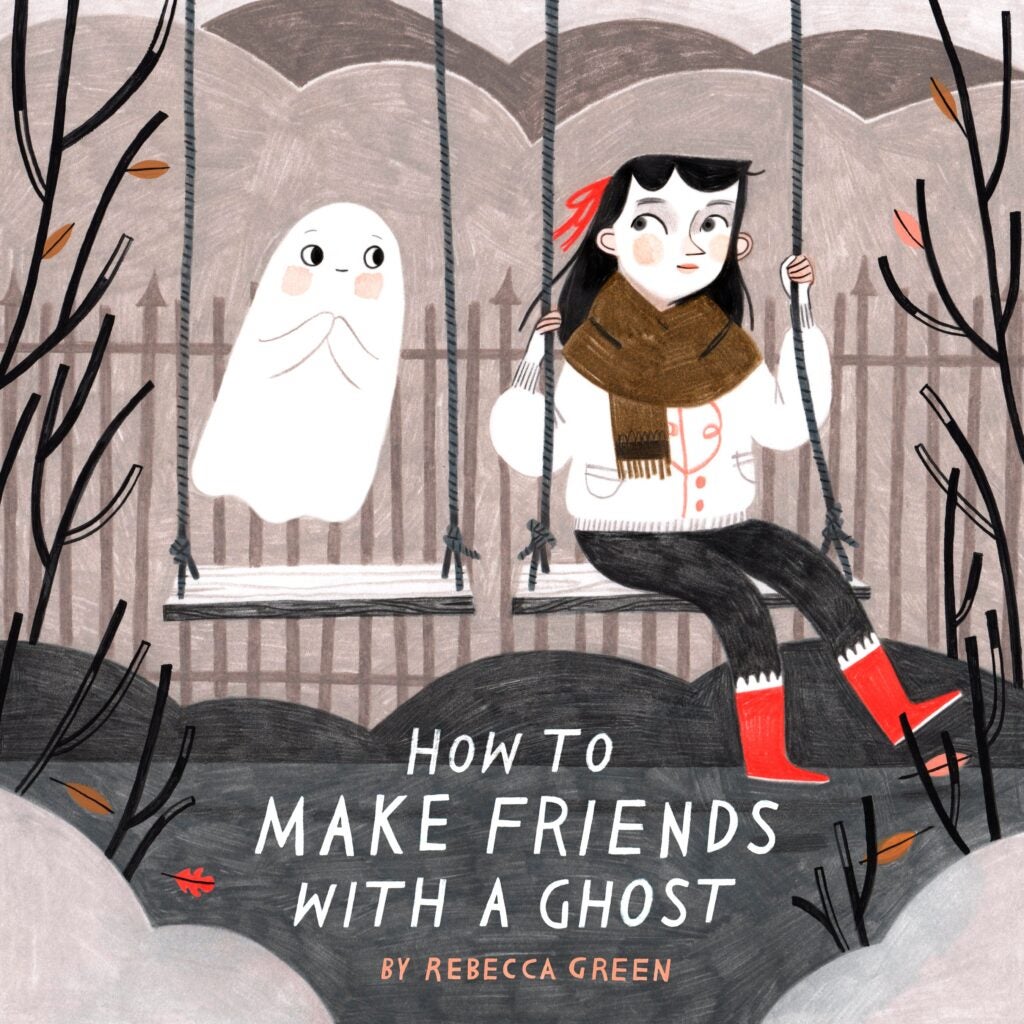


We should make no mistake: the ghosts and supernatural beings in The Fall of the House of Usher are not adorable, unlike the title character of How To Make Friends with a Ghost by Rebecca Green. This whimsical story outlines simple steps and essential tips to making a ghost friend who will grow up and grow old with you. The Ushers, on the other hand, enter business agreements with ghosts, try to seduce them – basically engage in every other human interaction with ghosts except friendship. (Maybe they could use this book!)
Picture books tend not to be super-scary, but they sometimes involve a ghost who is a super-scarer, like in Cale Atkinson‘s picture book, Sir Simon: Super Scarer. The star of a later graphic novel series, Simon and Chester, Simon is introduced in this book – a book in which the ghost, frustrated by a kid he can’t scare, enlists him in doing his ghost chores. Plus, the back cover features a ghost bum. And you definitely see a lot of bums (ghostly and otherwise) in the TV show.
Rounding out our ghost trilogy is Gustavo, the Shy Ghost by Flavia Z. Drago. If you’ve watched the Flanagan television series, you know those ghosts are anything but shy. But Gustavo, despite his difficulty in meeting new friends, loves playing beautiful music on his violin. Given the spooky, violin-heavy score of The Fall of the House of Usher, he might even be on the soundtrack!
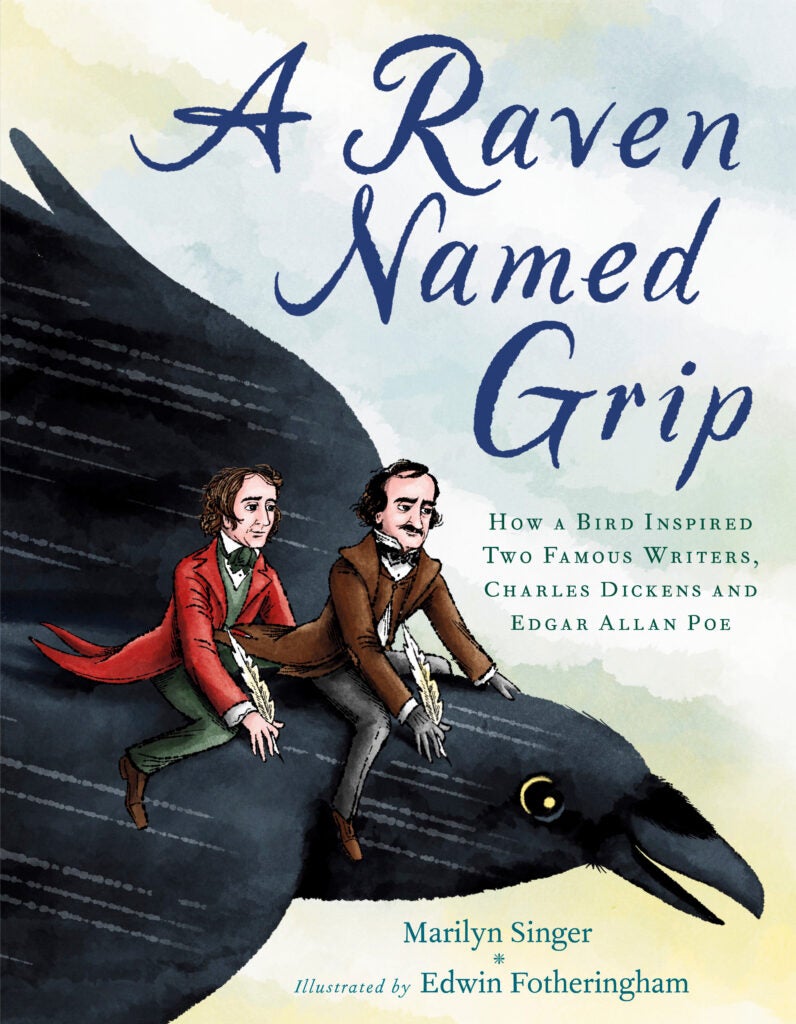
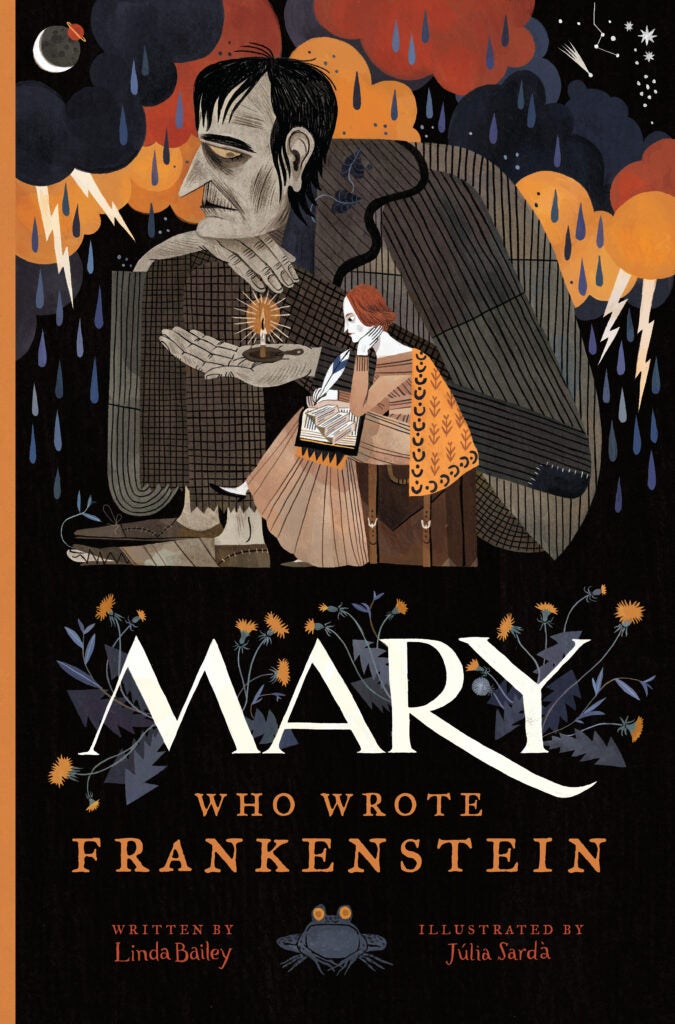

Okay, but what if you want a picture book that’s a bit more explicitly connected to Edgar Allan Poe? A Raven Named Grip by Marilyn Singer and Edwin Fotheringham is a book that tells the real story of how the talking pet raven of fellow author Charles Dickens inspired Edgar Allan Poe’s famous poem, “The Raven.”
One person who may not have known about Poe’s raven is Mary Shelley, who was dealing with a number of blackmail attempts in 1845 when that poem was published. This part of her life is not chronicled in the chilling Mary Who Wrote Frankenstein by Linda Bailey and Júlia Sardà , as it looks at her childhood and the events that led to her writing one of the greatest novels in history. But it’s a great companion piece to The Fall of the House of Usher, as it is filled with dread, dark and stormy nights, and – like the chemists at the show’s Fortunato Pharmaceuticals – the latest discoveries in modern science.
This may be a bit of a spoiler, but we should also include Suzanne and Max Lang‘s book Grumpy Monkey on our list of read-a-likes for The Fall of the House of Usher, as a fun (?) little nod to the “Murder in the Rue Morgue” episode (and the story that inspired it). (And yes, we know chimpanzees are not monkeys; someone tell the Langs!)
CHAPTER BOOKS & MIDDLE GRADE

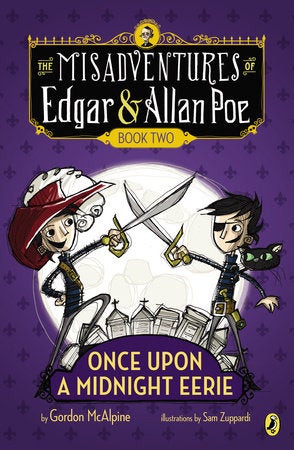

What could be more fitting on a list like this than The Misadventures of Edgar and Allan Poe series by Gordon McAlpine and Sam Zuppardi? The books follow the exploits of fictional (as far as we know) identical twins Edgar and Allan Poe, the great-great-great grandnephews of the famous writer himself. They live in Baltimore, seem to share one mind, and encounter movie sets, mad scientists, and more in books loosely based on Poe’s stories. (They even have a cat named Roderick Usher!)



For a more factual representation of the writer, there’s Who Was Edgar Allan Poe? by Jim Gigliotti and Tim Foley, a biography of Maryland’s master of the macabre in which you can find out nearly all there is to know about Poe. For instance, did you know he was adopted by a couple of tombstone merchants as a child? (They were also occasionally slave merchants. Sorry for being a downer.)
A tribute to Poe’s work in the short story form, Out to Get You: 13 Tales of Weirdness and Woe by Josh Allen and illustrated by Sarah J. Coleman visits 13 kids in 13 different towns. These towns are seemingly normal, but as in the House of Usher itself, bone-chilling things are afoot!
The two siblings in The Fall of the House of Usher are not so much abandoned as orphaned, and they’re American, rather than Irish. But the parallels to Jonathan Auxier‘s The Night Gardener are there! After all, they live in a crumbling manor and deal with dark bargains and ancient curses.



A retelling of a folktale, The Skull by Jon Klassen, perhaps isn’t that similar to Flanagan’s miniseries, save for the dark and mysterious tone. That said, both the book and TV show feature skulls very prominently, so we couldn’t leave this terrifying tale out.
The original story by Poe, “The Fall of the House of Usher” is thought to have been inspired by the events at Hezekiah Usher House in Boston. That makes Ghostlight by Kenneth Oppel another good reading option, as the ghost story is based partially on some famous Toronto-area ghost stories – including that of the Gibraltar Point Lighthouse. That same lighthouse is where Gabe, the book’s hero, both gives ghost tours and encounters real-live ghost, Rebecca Strand – and soon discover that not all ghosts are as friendly as Rebecca.
And Charis Cotter‘s The Ghost Road takes a story of siblings, the veil between the dead and the living, and family curses and transposes it to The Rock: Newfoundland. What dark family secrets will Ruth and her strangely similar cousin Ruby find in the small community of Buckle? It’s a mystery worthy of C. Auguste Dupin.
YOUNG ADULT
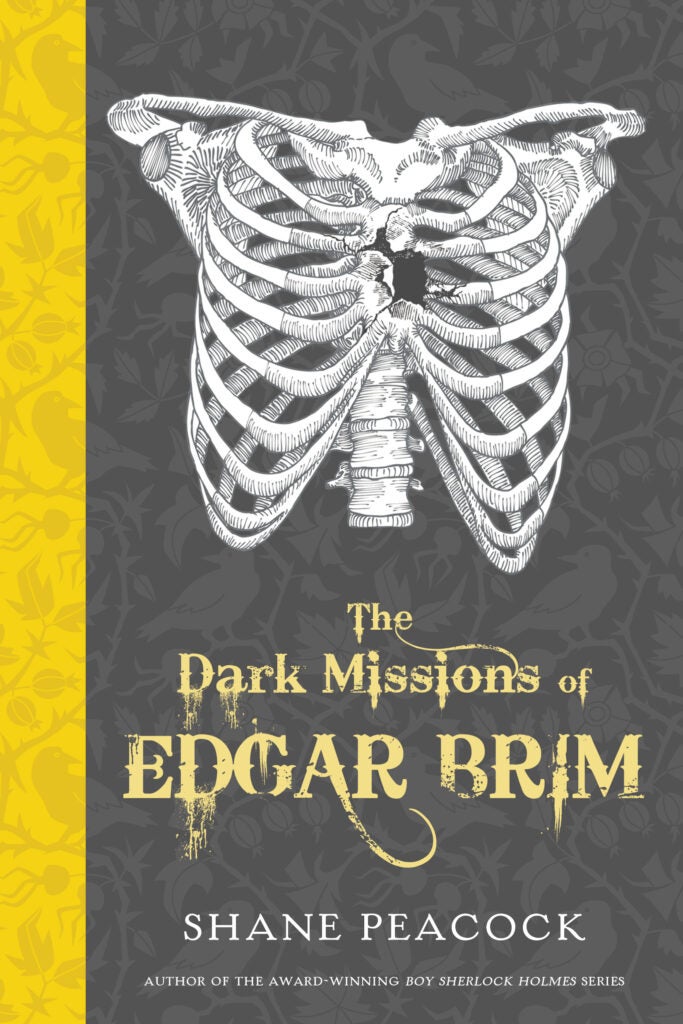
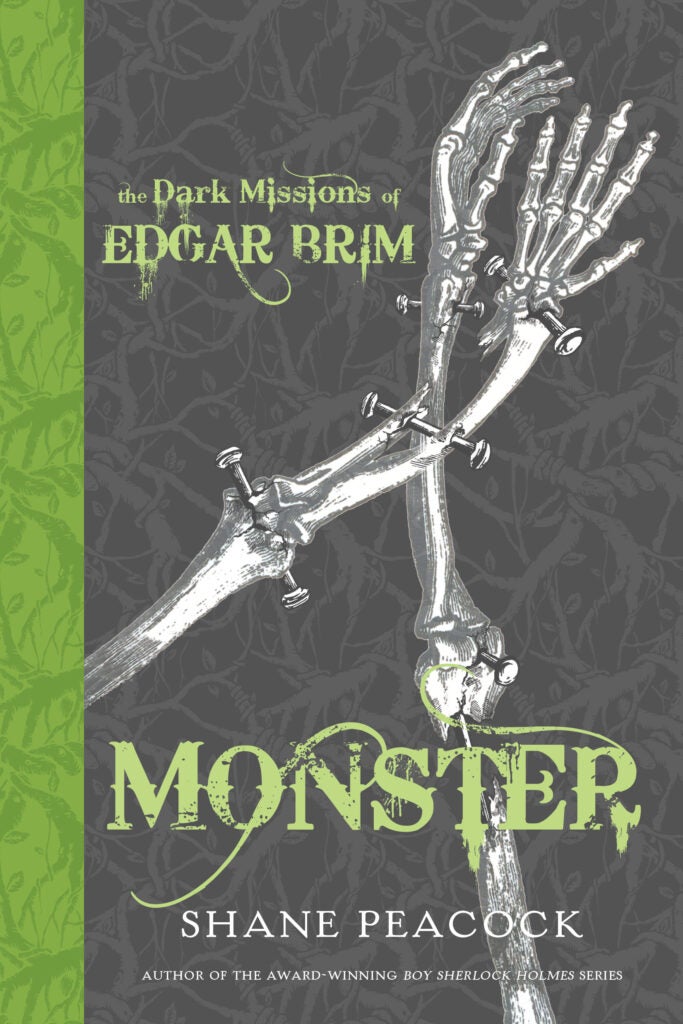
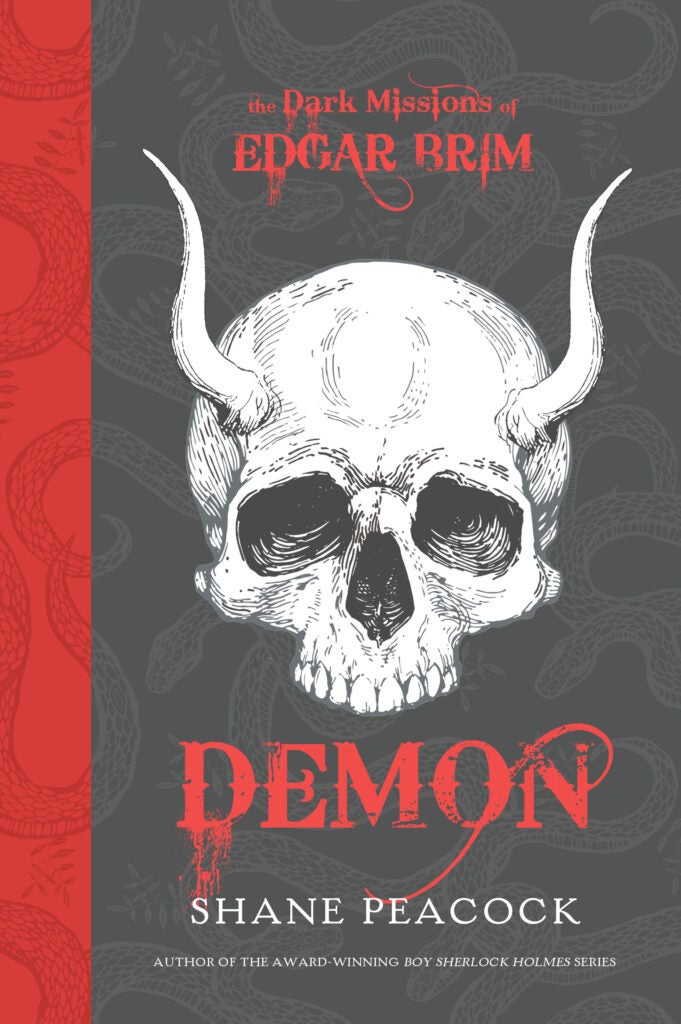
Though the mysteries in Shane Peacock‘s gothic trilogy The Dark Missions of Edgar Brim are based more on British Victorian tales of horror – Dracula, Frankenstein, etc. – the main character is named Edgar. Edgar Brim is a sensitive orphan (sound like anyone?) who, exposed to horror stories from his father as a young child, is afraid of almost everything. But as a teen, he faces his fears head-on, joining a secret society who is convinced the monsters in classic literature (just literature back then) are real, and must be destroyed.

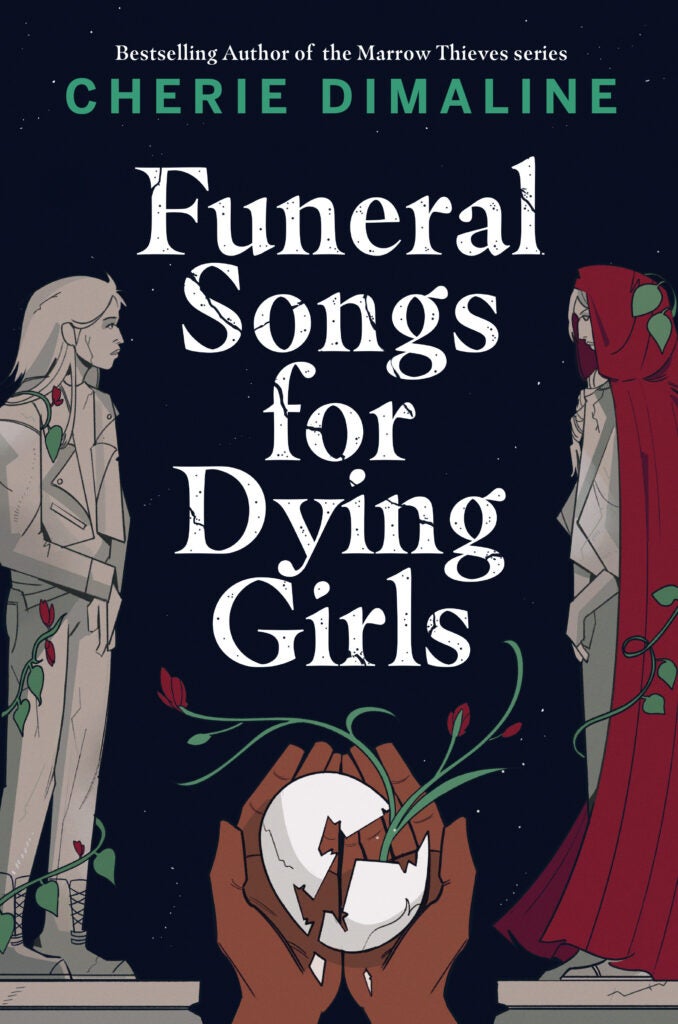

Though Edgar Allan Poe was the American master of macabre of his day, the Canadian version of now lives in the Oshawa area of Ontario. Joel A. Sutherland released his first YA novel this fall, House of Ash and Bone, so you know it’s going to ramp up the terror from his beloved (and very scary) Haunted Canada series. When you first encounter Dorcas, the ghost of a 300-year-old witch who has subliminally summoned the Jagger family to Vermont, you’ll be reaching for the light switch.
It’s no spoiler to reveal many of Roderick Usher’s daughters meet their untimely ends in the show. Hence: Funeral Songs for Dying Girls by Cherie Dimaline (even though they are more accurately women). In a similar fashion to the show, the tragic death of a mother looms large over everything, but the ghost in Dimaline’s tale is more a friendly spirit who had a rough life than a vengeful wraith like Usher‘s Verna.
But if you’d rather cast aside the read-a-likes for the real thing, Gareth Hinds‘s graphic novel adaptation, Poe: Stories and Poems, is right up your darkened alley. With faithful adaptations of Gothic bops like “The Cask of Amontillado” and “The Pit and the Pendulum” (which was also adapted in the show), these comics are truly Poe-dacious.
A few titles to ponder, whether you’re weak or weary. Enjoy!
